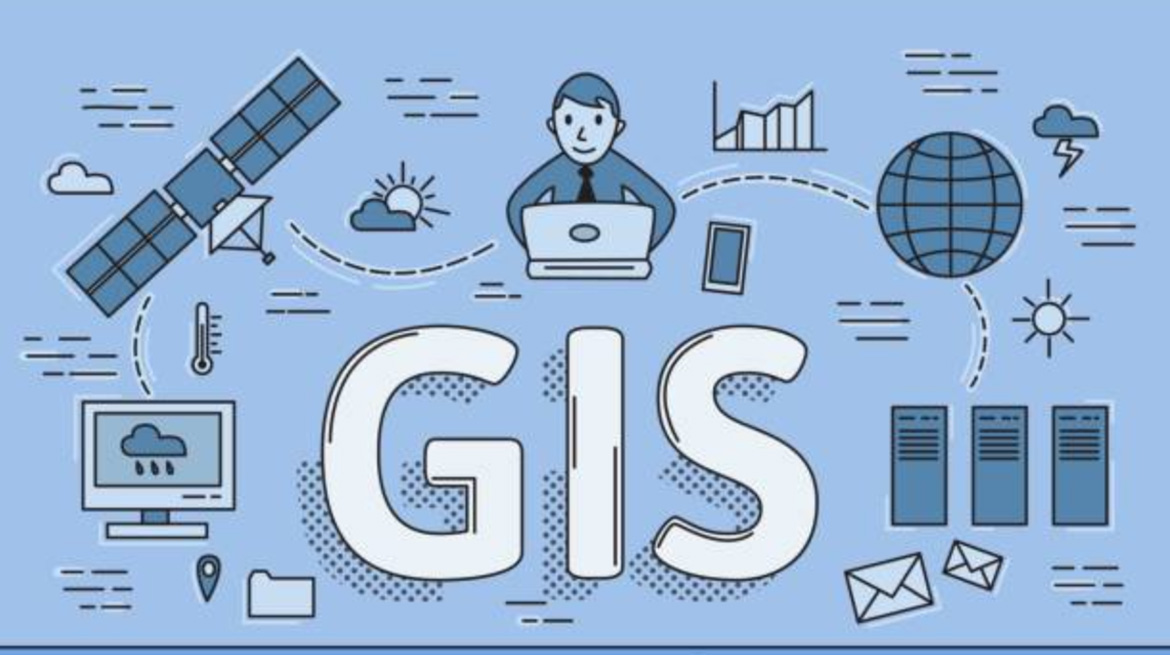In today’s changing public health landscape, integrating cutting-edge technologies is critical for unraveling complicated patterns of illness distribution and transmission. Geographic Information Systems (GIS) are a revolutionary technology that provide unmatched insights into the spatial aspects of health-related occurrences, among the many tools at our disposal. GIS becomes an indispensable tool in the fight for a more knowledgeable, adaptable, and effective public health system as the globalized world struggles with new infectious diseases, environmental health risks, and the distribution of healthcare resources.
Charting the Dispersion:
The capacity of GIS to map the virus’s real-time spread has been one of its main contributions during the pandemic. Geographic Information System (GIS) has made it possible for public health officials to visualize and analyze the geographic distribution of COVID-19 by integrating data on confirmed cases, testing locations, and healthcare institutions. Understanding transmission patterns, pinpointing containment strategies, and locating infectious hot-spots have all benefited greatly from this spatial intelligence. GIS driven maps have developed into effective tools for explaining complicated epidemiological information to the general public and specialists, promoting a better comprehension of the changing circumstances.
Allocating Resources and Organizing Reactions:
The wise use of healthcare resources has been crucial to controlling the epidemic in the face of scarce resources. By mapping the existing COVID-19 burden and accounting for characteristics like population density, socioeconomic indicators, and hospital infrastructure, GIS has proven essential in improving resource distribution. Decision-makers may now set up immunization stations, distribute medical supplies, and deploy testing facilities where they are most required thanks to this geographical analysis. As a result, there are fewer gaps in healthcare access and increased system resilience due to a more focused and effective pandemic response.
Public Health Communication:
It can be extremely difficult to effectively convey complicated public health information to a wide range of people, especially in times of crisis. In this field, GIS has become a major player, converting complex data into visually appealing dashboards and maps. These technologies help policymakers communicate important information while also acting as instructional resources for the general public. Visuals produced using geographic information systems (GIS) have proven invaluable in identifying regions of concern, displaying vaccine coverage, and encouraging community engagement—all of which are essential for effective pandemic management.
Future of GIS:
With multiple significant trends and developments in the works, geographic information systems (GIS) have the potential to revolutionize the field of public health in the future. Real-time data integration is anticipated to be essential for facilitating prompt responses to new health risks and offering a thorough grasp of the dynamics affecting community health. It is predicted that the fusion of GIS with AI and ML would transform spatial analysis from descriptive to prescriptive and predictive, providing unseen insights into intricate health aspects. An immersive depiction of geographic data will be made possible by enhanced 3D spatial visualization, which will make it easier to analyze the vertical dimensions of environmental determinants and health disparities. International cooperation and data exchange are expected to be essential in tackling cross-border health issues and creating a unified front against pandemics.
Personalized health mapping:
In public health, personalized health mapping adjusts healthcare plans according to a person’s genetic information, way of life, and health-related behaviors. Targeted interventions, individualized preventative strategies, and enhanced treatment regimens are made possible by this method. It encourages data-driven decision-making, health education, and remote monitoring. Personalized health mapping has the potential to transform public health by improving outcomes and influencing more comprehensive health initiatives by taking individual characteristics into account.
GIS tools for public health:
Its include Google Earth Engine for remote sensing, Carto for interactive web-based mapping, QGIS for spatial analysis that is easy to use, and ArcGIS (Esri) for complete mapping. These technologies support geographical data visualization and analysis, which helps with public health decision-making.
The World Health Organization (WHO) used GIS applications including ArcGIS, QGIS, Google Earth Engine, and HealthMapper for data management, mapping, and spatial analysis during the COVID-19 epidemic. These technologies supported decision-making in the international response to the pandemic, tracked the virus’s spread, and visualized data.
The paper emphasizes how Geographic Information Systems (GIS) are changing public health. During the pandemic, GIS was extremely helpful in tracking the real-time spread of the virus, allocating resources optimally, and improving public health messaging. In the future, GIS will advance to include immersive 3D spatial visualization, AI/ML integration, and real-time data integration. Personalized health mapping holds the potential to revolutionize public health outcomes by customizing interventions according to individual traits. Important GIS programs including HealthMapper, ArcGIS, QGIS, Google Earth Engine, and Carto were helpful. During COVID-19, the World Health Organization (WHO) used these technologies to enhance decision-making, track the spread of the virus, and assist with international response.




